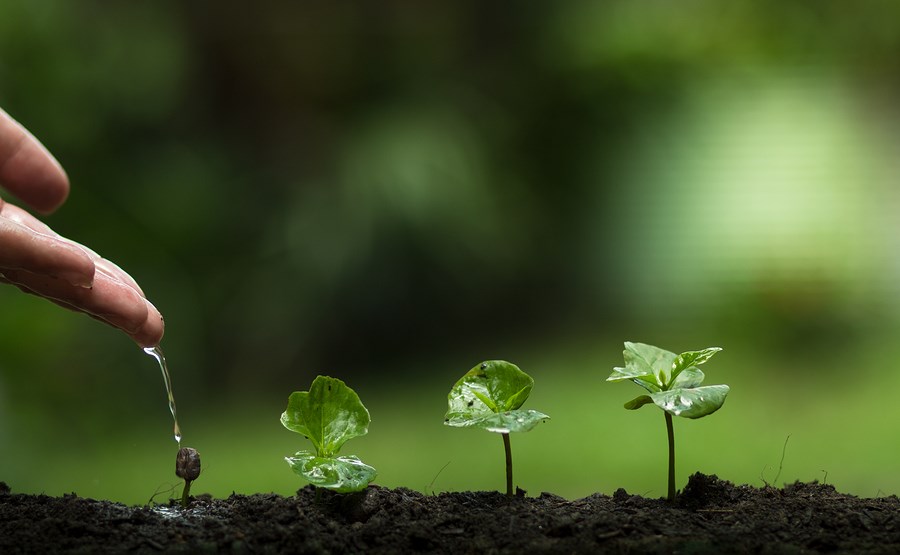Small trees that require sun to thrive are primarily apples and crabapples, pin cherries, chokecherries, plums, cherry plums and pears. Only specific varieties of these fruits are hardy in our area. There are important things to know about apples and crabapples (Malus species and cultivars), plums (Prunus species and cultivars) and pears (Pyrus species).
These trees are usually grafted or budded, meaning they do not grow on their own roots, but are growing on a rootstock of a similar species. Any named variety of apple or crabapple (such as Goodland apple), pear or plum will not come “true” from seed. To get the specific plant and fruit characteristics a bud or branch of the named variety is budded or grated onto a rootstock of the same genus. Apples are often grafted onto a Siberian crabapple rootstock.
Usually the rootstock will produce shoots around the base of the trunk. As these shoots grow they deprive the main tree of nutrients. Eventually the main trunk of the tree dies, and you are left with a plant that grew from the rootstock. This is easiest to see with a purple-leaved crabapple that grows green-leaved shoots. The purple-leaved tree will eventually disappear and be replaced by a multi-stemmed green-leaved crabapple. That is why it is important to remove shoots coming from the roots and from below the graft. The graft can usually be identified as a slight swelling a few inches above the base of the tree.
Another characteristic of apples, plums and pears is that they require cross-pollination. A single apple tree will not bear fruit unless a different variety or cultivar of apple or crabapple is growing nearby in the neighbourhood. It will bloom, but it will not produce apples. Two apple trees of the same variety will not produce fruit unless a different apple or crabapple tree is nearby to cross-pollinate them. When choosing plums or cherry plums for fruit it is important to research pollinizers, plants that will cross-pollinate your variety of plum, so that you can choose a pollinizer to plant near your plum. For example, Brookred and Brookgold plums will cross-pollinate, and Canada plum, a native plum, is a pollinizer for many varieties of plums. It also produces a small plum.
Apples are not fully hardy for us. The hardiest varieties may do very well for several years, and then suffer severe damage or death after a particularly harsh winter or prolonged spring. They are particularly susceptible to sunscald, which damages their thin, smooth bark, allowing disease organisms to enter. Protecting the trunk from the bright spring sun and the sun’s reflection in the snow can help to prevent sunscald.
There are also fruit- bearing shrubs, a topic for the next article.




